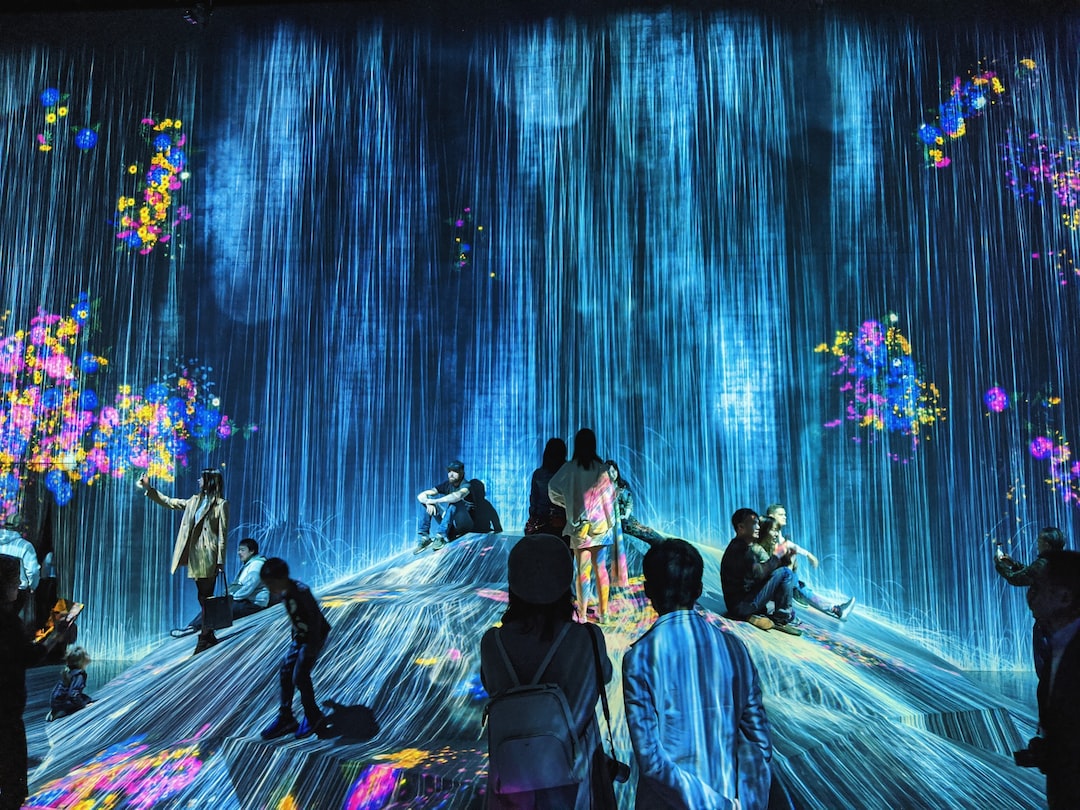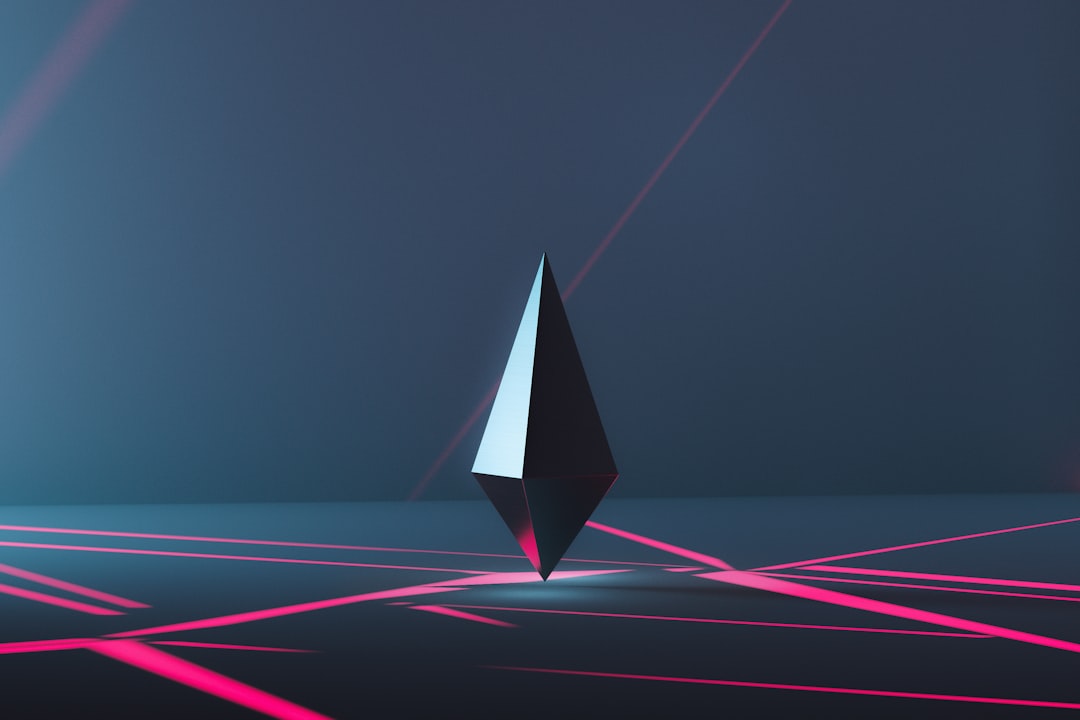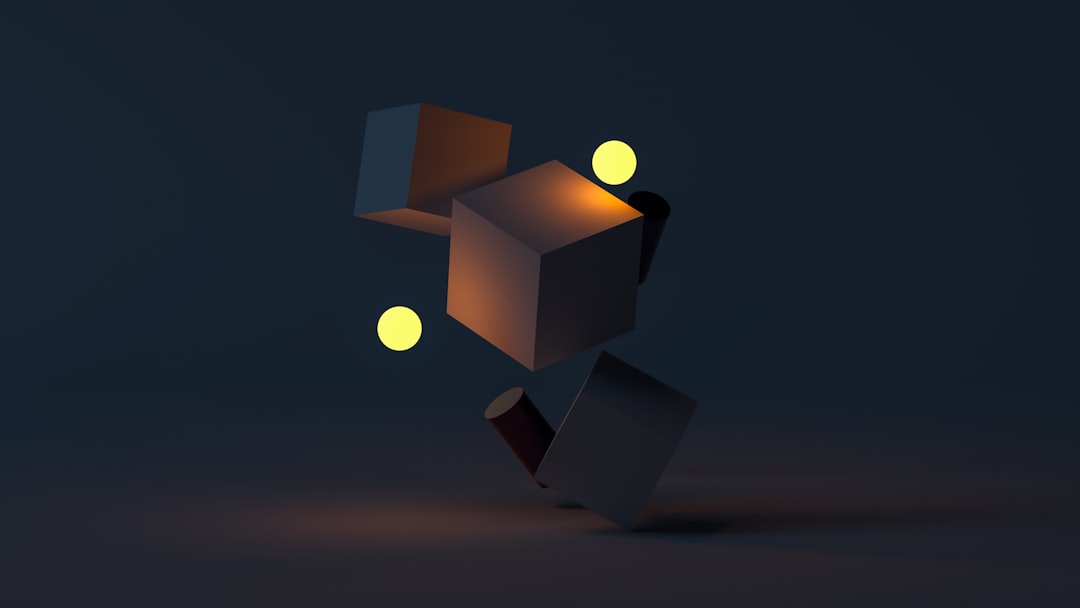NFTs, or non-fungible tokens, have been all the buzz recently in the world of digital art, music, and even sports collectibles. But what exactly are NFTs, and how do they work?
Simply put, NFTs are unique digital assets that are verified on a blockchain network, making them one-of-a-kind and unable to be replicated or duplicated. Unlike cryptocurrencies such as Bitcoin, which are interchangeable and have the same value, NFTs are non-fungible, meaning they cannot be exchanged for something else of equal value.
The possibilities for NFTs are endless, and they are already making waves in the art world. Artists are using NFTs as a way to authenticate and sell their digital art, and collectors are buying them as a way to own a piece of exclusive artwork. But NFTs are not limited to just the art world. They have the potential to revolutionize the way we think about ownership and authenticity in other industries as well.
So, how exactly do NFTs work? Stay tuned for the next part of this blog post, where we’ll explore the technical side of NFTs and how they are changing the game for digital ownership. But for now, let’s appreciate the beauty and potential of this new technology. Who knows what possibilities the future holds for NFTs? It’s an exciting time to be a part of this innovative movement.
What are NFTs?
NFTs, or non-fungible tokens, are a type of digital asset that allows for unique ownership and verification of digital content. They are unique, one-of-a-kind digital assets, similar to how art pieces or limited edition collectibles are unique and one-of-a-kind physical assets.
NFTs are built on blockchain technology, the same technology that powers cryptocurrencies like Bitcoin and Ethereum. This means that each NFT is verified on a decentralized network of computers, making it impossible for the asset to be duplicated or altered without the owner’s knowledge.
NFTs can be anything digital, from digital art, music, videos, memes, tweets, or even virtual real estate. They can represent ownership of the original work or a limited edition version of it. With NFTs, creators and owners can claim ownership over their digital assets in a way that was previously impossible.
NFTs have gained popularity in recent years, with the market growing rapidly. In the first quarter of 2021 alone, NFT sales exceeded $2 billion. Many creatives and artists have jumped on the NFT bandwagon, using it as a new avenue to monetize their digital creations.
But NFTs are not just limited to the art world. Many other industries are starting to explore the potential of NFTs, from music to sports to fashion. As the technology evolves and more people become familiar with it, the possibilities for NFTs are endless.
Whether you’re an artist, a collector, or simply curious about the world of digital assets, NFTs are worth exploring. They offer a new way to think about ownership and digital content, and the potential for innovation and creativity is exciting.
NFTs can be anything digital, from digital art, music, videos, memes, tweets, or even virtual real estate.
How do NFTs work?
NFTs or Non-Fungible Tokens have been taking the digital world by storm, but how do they actually work? NFTs are unique digital tokens that are stored on a blockchain, typically Ethereum. They are unique because no two NFTs are the same, making them non-fungible. This means that each NFT has its own distinct value and cannot be exchanged for another NFT or cryptocurrency.
The blockchain technology ensures that the ownership and authenticity of an NFT are verified and recorded on a decentralized network. This means that the transactions involving NFTs are secure, transparent, and irreversible. An NFT is created by an artist or creator who assigns a unique digital asset, such as a piece of art, music, or video, to the token.
Once the NFT is created, it can be sold or traded on various NFT marketplaces. The ownership of the NFT is transferred to the buyer, and the transaction is recorded on the blockchain. The creator of the NFT can also set royalties, which means they can receive a percentage of any future sales of the NFT.
NFTs are not only limited to digital art or music, but they can also represent ownership of physical assets such as real estate, jewelry or even a car. The possibilities of NFTs are endless, and it’s fascinating to see how this technology is evolving and changing the way we think about ownership and value.
NFTs work by creating a unique digital token that represents ownership of a specific digital or physical asset, which is stored on a blockchain. The transactions involving NFTs are secure, transparent, and irreversible, making them a perfect tool for artists and creators to monetize their work. It’s exciting to see how NFTs are transforming the art world, and it makes us wonder what other industries can benefit from this technology.
The possibilities of NFTs are endless, and it’s fascinating to see how this technology is evolving and changing the way we think about ownership and value.
The Benefits of NFTs
NFTs have gained immense popularity in recent months, and for good reason. Not only are they a revolutionary new way of owning and trading digital assets, but they also come with a host of other benefits. Here are just a few of the advantages of NFTs:
1. Authenticity
One of the biggest benefits of NFTs is that they provide a way to verify the authenticity of digital assets. In the past, it’s been difficult to prove that a digital asset is truly unique and not a copy of another asset. With NFTs, however, each asset is assigned a unique digital signature that verifies its authenticity. This is a game-changer for artists and creators, who can now prove the originality of their work and prevent others from copying or stealing it.
2. Ownership
Another major benefit of NFTs is that they provide a way to prove ownership of digital assets. In the past, it’s been difficult to establish who owns a particular digital asset, since copies can be made so easily. With NFTs, however, there is a clear chain of ownership that is recorded on the blockchain. This makes it easy to buy, sell, and trade digital assets with confidence.
3. Revenue Generation
NFTs also offer a new way for artists and creators to generate revenue. In the past, it’s been difficult for digital artists to monetize their work, since it’s so easy for others to copy and distribute it without permission. With NFTs, however, artists can sell their work directly to collectors, who can then trade or sell those assets to others. This creates a new revenue stream for artists and provides collectors with a new way to invest in art.
4. Accessibility
Finally, NFTs make digital art more accessible to a wider audience. In the past, collecting art has been an exclusive hobby that’s only available to those who can afford to buy physical artwork. With NFTs, however, anyone can own a piece of digital art, regardless of their budget or location. This opens up new opportunities for artists and collectors alike.
In short, NFTs offer a range of benefits that are poised to revolutionize the digital art world and beyond. Whether you’re an artist, collector, or just someone interested in the future of digital assets, NFTs are definitely worth exploring further. Who knows what kind of exciting new opportunities and possibilities they’ll bring in the years to come!
This opens up new opportunities for artists and collectors alike.
NFTs in the Art World
The art world has been abuzz with the rise of NFTs, and for good reason. NFTs offer a new way for artists to monetize their work, and for collectors to own a unique piece of digital art. The fact that NFTs are blockchain-based means that they are secure, transparent, and can be easily verified as authentic.
One of the most exciting aspects of NFTs in the art world is the potential for artists to earn more money for their work. In the traditional art market, artists often sell their work through galleries or auction houses, which take a significant commission. With NFTs, artists can sell their work directly to collectors, cutting out the middleman and keeping more of the profits.
Another benefit of NFTs in the art world is the ability to create scarcity in the digital realm. In the physical world, there is only one original painting, which makes it valuable. But in the digital world, it’s easy to make a copy of an image. NFTs allow artists to create a unique, one-of-a-kind digital asset that can’t be duplicated.
In addition to the financial benefits, NFTs also offer new opportunities for artists to experiment with digital media. Digital art has been around for decades, but it hasn’t always been taken seriously by the traditional art world. NFTs are changing that. With NFTs, digital art can be bought, sold, and displayed just like traditional art.
Of course, there are some challenges to be addressed as NFTs become more popular in the art world. One issue is the environmental impact of blockchain technology, which requires a significant amount of energy to run. Another concern is the potential for fraud or exploitation, as with any emerging technology.
Overall, NFTs have the potential to revolutionize the art world, offering new opportunities for artists and collectors alike. While it’s still early days for this technology, it will be fascinating to see how it continues to evolve and shape the future of art.
Of course, there are some challenges to be addressed as NFTs become more popular in the art world.
Potential for NFTs in Other Industries
NFTs have taken the art world by storm, but their potential goes far beyond the art industry. In fact, many other industries could benefit from the use of NFTs.
One industry that could benefit from NFTs is the gaming industry. With NFTs, gamers could buy and sell unique in-game items or even entire accounts. This could add an entirely new dimension to the gaming experience, and it could also create new revenue streams for game developers.
Another industry that could benefit from NFTs is the music industry. Musicians could use NFTs to sell unique concert tickets or merchandise, and fans could own a piece of their favorite artist’s performance. This could make concerts more exclusive and create memorable experiences for fans.
NFTs could also revolutionize the real estate industry. With NFTs, property rights could be transferred more easily and securely. This would simplify the buying and selling process and could even make it possible for people to invest in real estate in smaller increments.
The possibilities for using NFTs in other industries are endless. From fashion to sports, NFTs could add new value to products and experiences.
NFTs have already shown their potential in the art world, but they could offer even more opportunities in other industries. It’s exciting to think about how NFTs could transform the way we buy, sell, and experience products and services. We are only scratching the surface of what’s possible with this technology, and I can’t wait to see what the future holds.
This could add an entirely new dimension to the gaming experience, and it could also create new revenue streams for game developers.
Conclusion
In conclusion, NFTs are a relatively new concept that has taken the art world by storm. However, their potential goes far beyond just the art industry. The ability to create unique, verifiable digital assets has the potential to revolutionize many different industries.
While there are some concerns around the environmental impact of NFTs, it is important to remember that this technology is still in its infancy. As we continue to develop and refine the process, we may find ways to mitigate these concerns.
One thing is for sure, though: NFTs have opened up a world of possibilities for creators and collectors alike. Whether you are an artist looking to monetize your work or a collector looking for something truly unique, NFTs offer a new and exciting way to interact with the digital world.
So, what’s next for NFTs? Only time will tell. But one thing is certain: we are just scratching the surface of what these digital assets can do. As technology continues to evolve, we can expect to see even more exciting developments in the world of NFTs. So why not jump on board now and be a part of this exciting new era?





